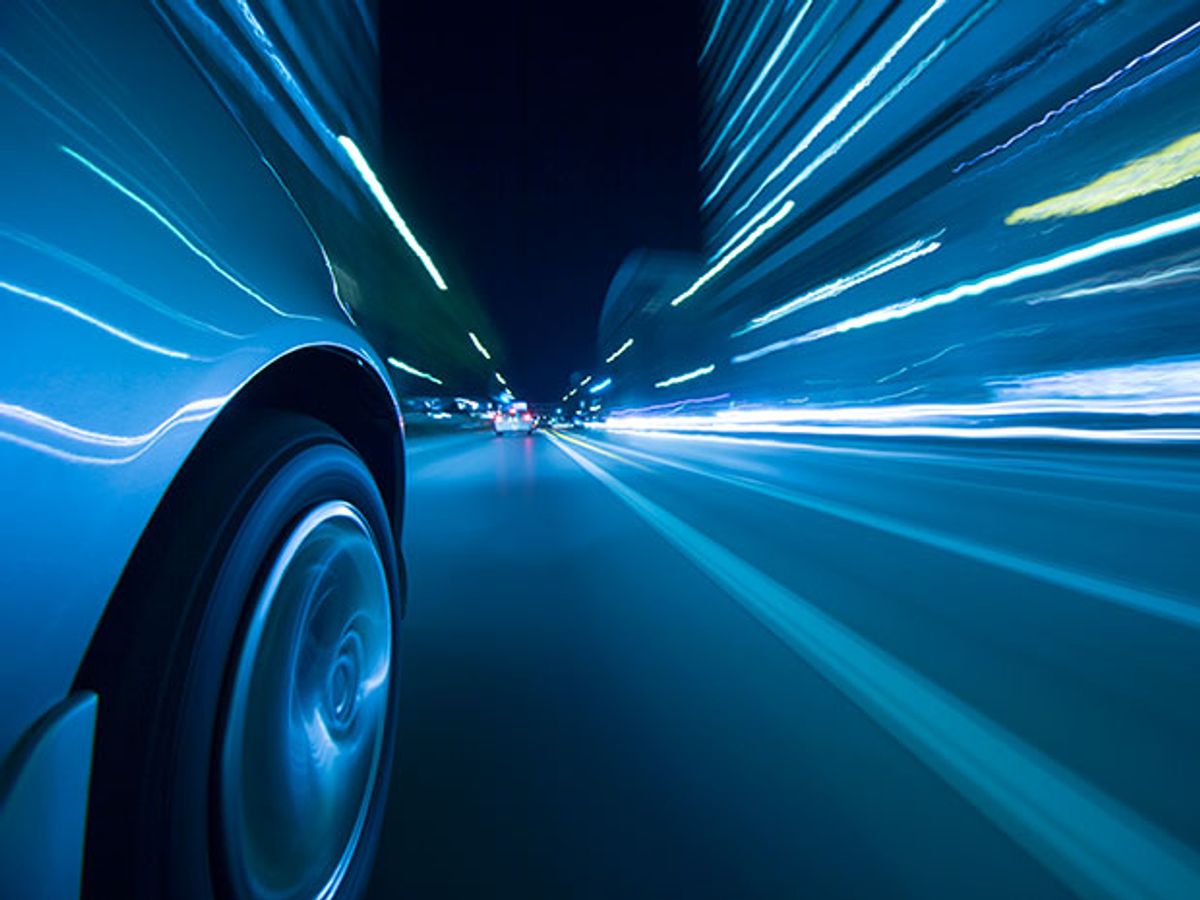Most energy harvesting schemes are on a human scale, like using your swinging arms to power a wristwatch or your dancing legs to power a nightclub’s sound-and-light show. Why not go big by harvesting the road vibrations caused by cars and trucks?
That’s the idea behind California’s newly funded experiment to turn road rumble into watts. It would rely on piezoelectric crystals, which produce a bit of current when you squeeze them. Such crystals are often used in audio equipment to turn sounds into signals or vice-versa, but if you put enough of them together, they could run streetlights, sensors, and other useful highway equipment.
A total of US $2.3 million will be invested in two projects. First up, a 60-meter (200 foot) stretch of roadway near the campus of the University of California, Merced, north of Fresno, will salt the pavement with 2-centimeter-wide piezoelectric generators “stacked like quarters,” as Jian-Qiao Sun, an engineering professor at the school, told the San Francisco Chronicle. The other project, to be run by Pyro-E, LLC of San Jose, will use similar devices to generate power for off-road use; the company speaks of scavenging enough power to supply 5,000 homes.
If the experiment proves out, California state officials say the system would be expanded to other roads. By recovering energy that would have gone to waste, such systems count as renewable energy sources under the state’s green-energy policy.
The problem is that nothing, not even waste energy, comes for free. Installing generating devices and keeping them running would add to the costs of road maintenance. And engineers might be tempted to design the roads to vibrate just a little more than otherwise so as to increase the efficiency of the harvesting—thus causing the roads to crumble even faster. The true economic break-even point would be hard to estimate, and it might be all too easy for piezoelectric proponents to convince themselves that they’re getting a free lunch when they aren’t.
It’s all been tried before. Back in 2010, we covered a similar pilot project by the Israeli startup Innowattech, whose apparent success caught the eye of a California state legislator, who proposed the project for his state. But Innowattech is now going out of business.
Philip E. Ross is a senior editor at IEEE Spectrum. His interests include transportation, energy storage, AI, and the economic aspects of technology. He has a master's degree in international affairs from Columbia University and another, in journalism, from the University of Michigan.



